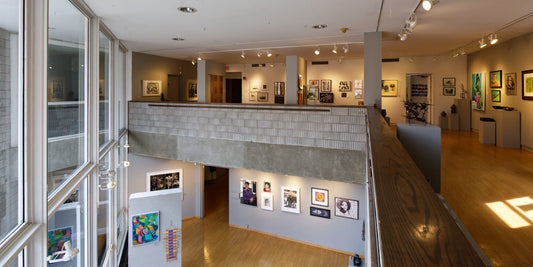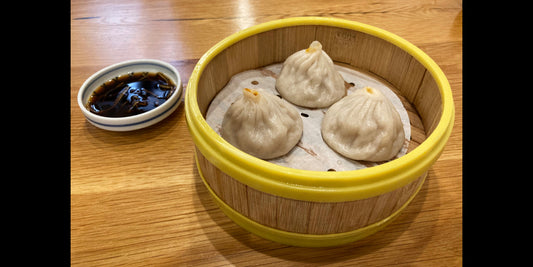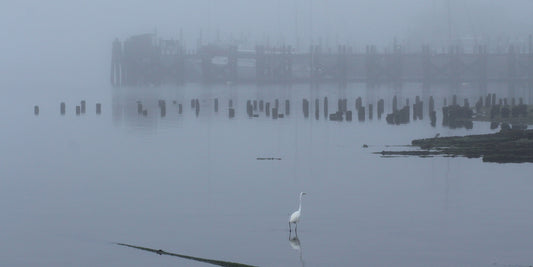The birdsong in the open lot behind my apartment has diversified these past couple of weeks. But for months before, it was a colony of House Sparrows dominating the airwaves.
They’d made themselves at home in the bowels of a large, twisting, tangled bush growing up, along and through a chain-link fence. Chaotic as the bramble, their song was a parliamentary chatter replete with rowdy arguments and jostling. Protected by their fortress and facing few overt threats downtown, they didn’t seem worried about making too much noise or attracting the wrong kind of attention.
But they certainly caught mine. A novice birder at best, I had thought they were some variant of chickadee until a little internet sleuthing revealed the truth. House Sparrows, it turns out, are much more obviously dimorphic. The females display softer, creamier, sandier features, while the males wear punched-up kaleidoscopic capes; gray crowns trimmed in auburn; and black eye masks that flow down their throats, drying up on their chests like the daubs of a parched paint brush. According to the Cornell Lab of Ornithology, the larger that spill of black, the “older and [more] dominant” the bird likely is, which helps other sparrows decide whether to fight or fly.
Something else the internet taught me: House Sparrows are invasive and spell trouble for native avian species. Brought to North America by people, they prefer and are particularly adaptable to built environments, which gives them a decisive competitive advantage in an Anthropocene world. They’re so adaptable that, unlike native songbirds, they don’t have to migrate, which means they get first crack at real estate every nesting season. Even when other birds do manage to beat them to favorable nesting spots, House Sparrows are known to invade those nests and evict or kill the tenants, often building their own nests directly on top of the lives they’ve snuffed out. Many backyard birders and forest managers alike work aggressively to thwart them.
The Cornell Lab euphemistically acknowledges the antipathy many people hold toward these birds. It also points out that House Sparrows are only able to do what they do because we do what we do. They’re “just beneficiaries of our own success,” the lab says, in light of “their capacity to live so intimately with us.”
It’s unsurprising, then, that the House Sparrows living in my back lot seemed only marginally afraid of me. If I got within 10 feet or so, they’d flap or skip downward into their gnarled citadel. If I got within five feet, they’d fly to some other nearby perch, first ducking through the fence to the other side of the bush.
It confused me when, at some point in the last month or so, they suddenly vacated their favorite gathering place, but now it makes sense. This is nesting season, so they’ve coupled up and dispersed throughout the urban environment—in “holes of buildings and other structures such as streetlights, gas-station roofs, signs, and the overhanging fixtures that hold traffic lights,” the Lab says, as well as “vines climbing the walls of buildings.”
These resourceful birds pose a threat, it’s true, but the ethics of how we deal with them are complicated by a simple understanding: If it weren’t for us and our houses, there wouldn’t be a House Sparrow problem.
Written and photographed by Dan Mims.







